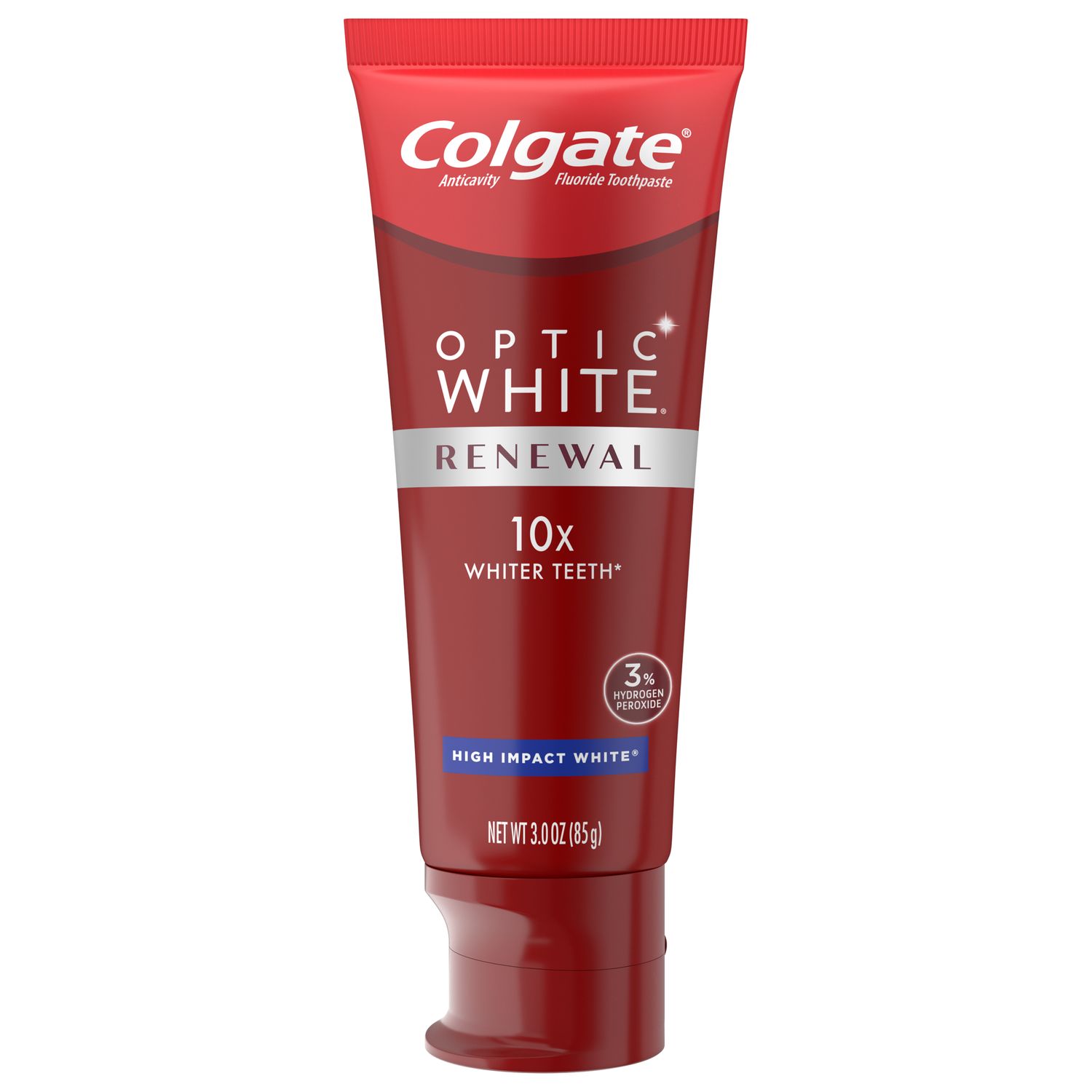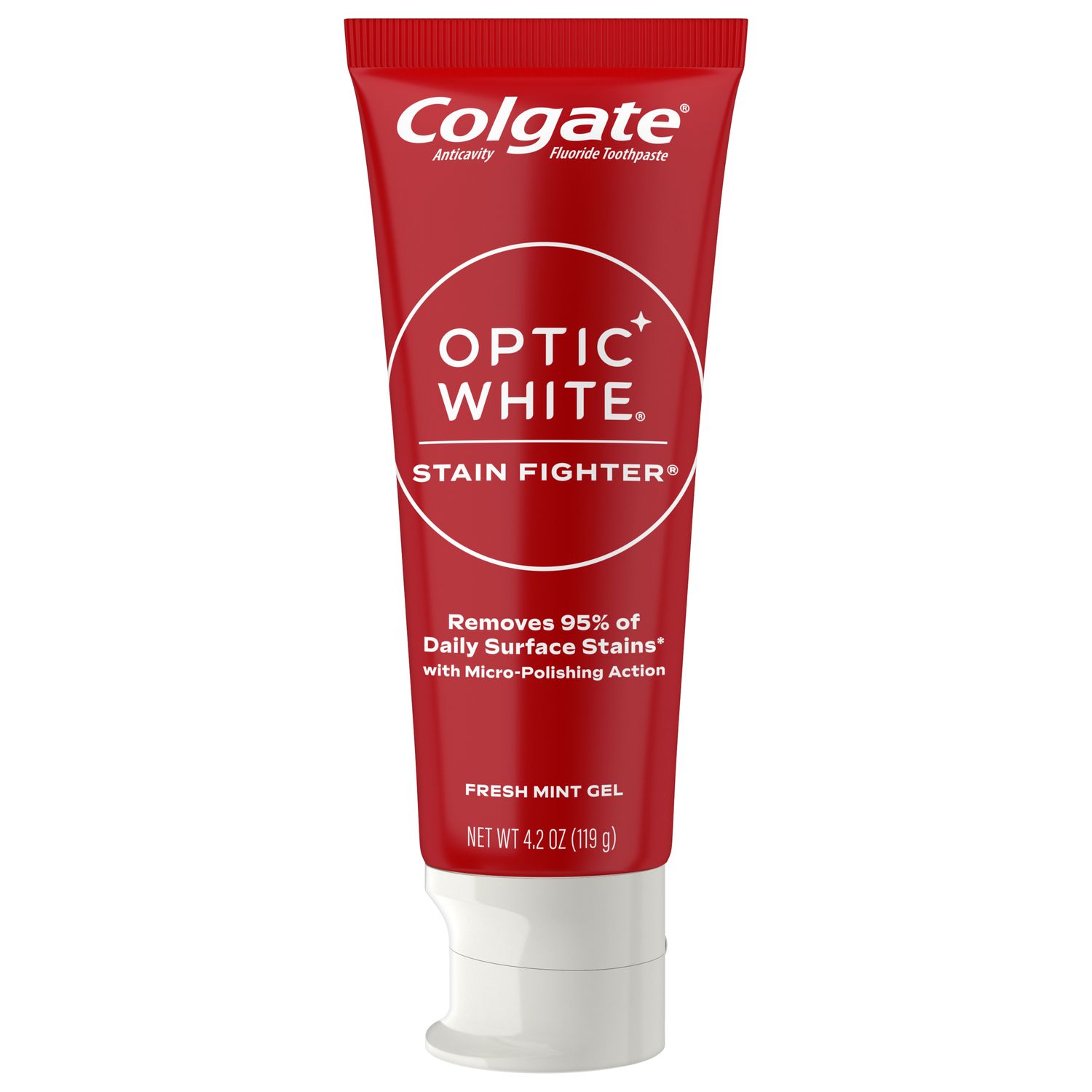Teeth whitening is not only popular, but it's also accepted as safe, easy, and effective. However, some people experience unexpected white spots on their teeth after whitening. If you’re concerned about this potential side effect, then don’t worry! We're here to help. Here's what you need to know about white spots after teeth whitening, such as why they occur, how you can treat white spots after whitening, and how to prevent them in the future.
What Causes White Spots on Teeth After Whitening Treatments?
You were looking forward to a brighter smile, but is it normal to have white spots on your teeth after whitening? Well, it’s not normal, but it’s certainly not rare. After a whitening treatment, some people do notice small, white patches on one or more teeth.
People often attribute these spots to the whitening treatment – did it lighten your teeth unevenly? Did it damage your teeth in some way? Rest assured that this is not the case! The cause of white spots after teeth whitening isn’t the treatment itself. Instead, it’s likely that you already had white spots on your teeth, and the whitening treatment simply made the spots more visible.
If the white spots were already on your teeth, though, what did cause them? The most common explanation for white spots on teeth is hypocalcification, or the loss of calcium from the tooth enamel. This might happen for several reasons:
Exposure to too much fluoride as a young child, when your tooth enamel was still developing.
Heavy plaque. This sticky substance contains bacteria that produce acid. As the acids leach away minerals from the tooth enamel, they leave behind chalky, white patches. These white spot lesions, as they’re known, can eventually turn into cavities. Poor oral hygiene and a diet high in sugary or acidic foods and drinks are the main causes of plaque.
Braces or orthodontic appliances. Braces consist of attachments that are bonded to the teeth and then joined together with wires. It can be hard to clean the areas around these attachments, and plaque can build up and leach the minerals from the enamel beneath. When you take the braces off, you may be left with white spots underneath as a result.
Whatever the cause of your white spots, whitening treatment can make them appear lighter and more visible. Even though removing white spots proves challenging, treatment options exist in addition to recommended oral hygiene and care.
How Long Do White Spots on Teeth Last After Whitening?
If you have white spots after teeth whitening due to enamel demineralization, they are very unlikely to disappear by themselves. However, there are a number of treatment options that can make white spots appear less visible, and luckily they give results quite quickly.

Whitening Toothpaste
Expert-Level Whitening Toothpaste for a Vibrant Glow

What are the Treatment Options for White Spots?
Let's look into possible treatments for making white spots less visible.
- Hydrogen peroxide or carbamide peroxide. According to the American Dental Association, teeth whitening with hydrogen peroxide or carbamide peroxide breaks up stains, which helps brighten the surrounding tooth color and make white spots less noticeable.
- Enamel microabrasion. Another treatment option that has shown significant results in managing white spots on the outermost tooth layer is enamel microabrasion. As The World Journal of Clinical Cases describes, this treatment involves combining hydrochloric acid with an abrasive substance, such as pumice or fine-grit silicon carbide particles, and using it to remove a very thin layer of enamel from the surface of the tooth.
Check with your dentist to see what option best fits your needs and goals.
Prevent Future Stains on Teeth
Keeping your teeth white requires regular maintenance and upkeep. Teeth stains sometimes put up a good fight against treatment or even come back. That's why we recommend staying in communication with your dentist about future whitening treatments in addition to any other dental issues. Daily care, like brushing and flossing, also helps to prevent stains.
With diligent oral care, professional teeth cleaning, and whitening treatments, a beautiful, white smile can be yours. If you're considering any whitening treatment, check in with your dentist about the best option to minimize white spots and show off your best smile to the world.
This article is intended to promote understanding of and knowledge about general oral health topics. It is not intended to be a substitute for professional advice, diagnosis or treatment. Always seek the advice of your dentist or other qualified healthcare provider with any questions you may have regarding a medical condition or treatment.
ORAL HEALTH QUIZ
What's behind your smile?
Take our Oral Health assessment to get the most from your oral care routine
ORAL HEALTH QUIZ
What's behind your smile?
Take our Oral Health assessment to get the most from your oral care routine















